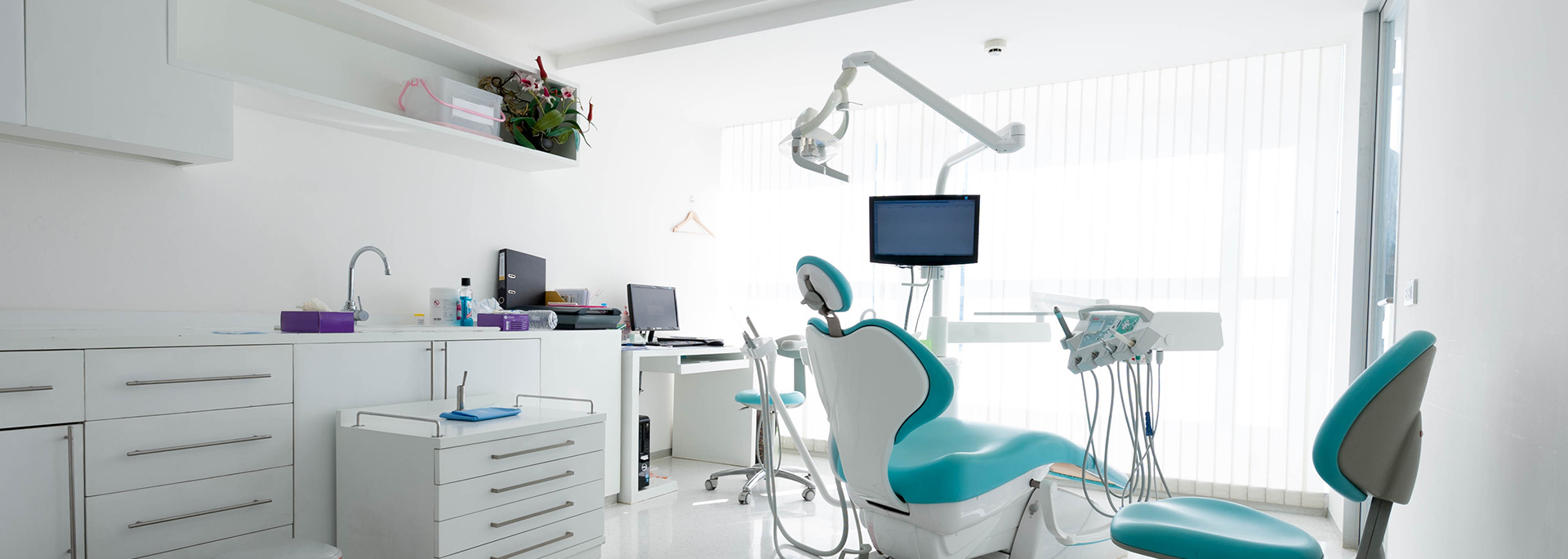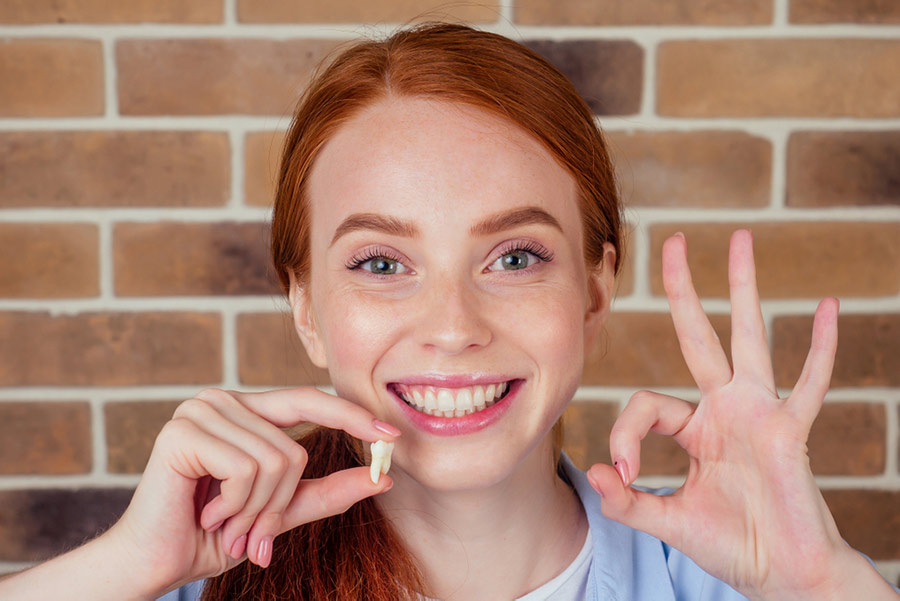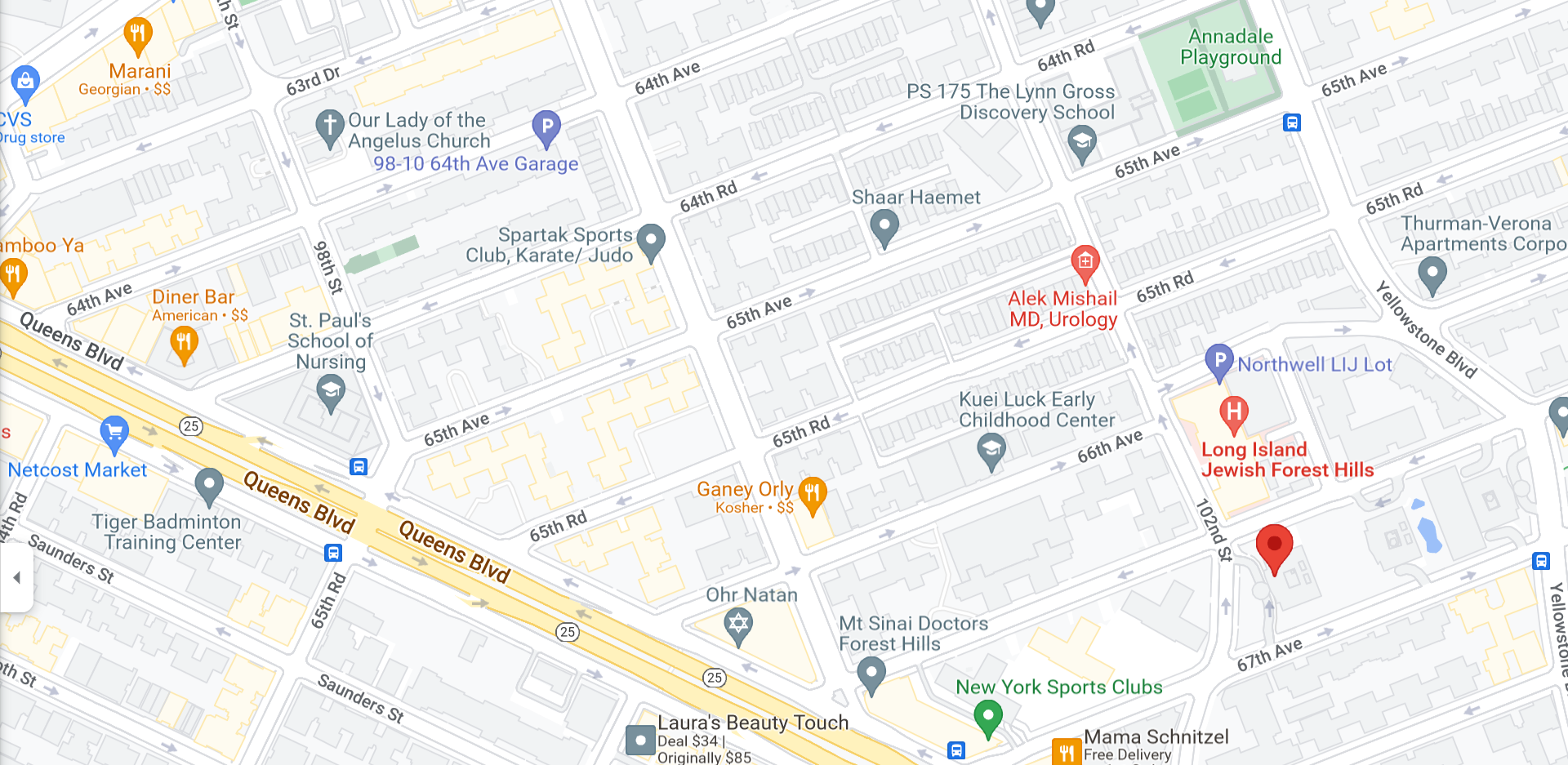If you have a tooth that has been damaged, is discolored, or has other cosmetic issues, you may be considering different cosmetic procedures to address the issue. For minor adjustments, dental bonding may be the perfect option to meet your needs.
Dental bonding is a tooth-colored restoration that is used for minor repairs. The bonding materials come in different shades, which allows Dr. Gregory Mark to pick the right shade to match the healthy portion of your tooth.
With dental bonding in Forest Hills NY provided by Forest Hills Dental, the bonding will be shaped to perfectly recreate the look and feel of your natural tooth. Once the procedure is complete, you’ll have a restored tooth that fits in perfectly with the rest of your smile!
Why Dental Bonding in Forest Hills NY?
Dental bonding is a cosmetic procedure that is intended to address minor aesthetic issues. Some of the common issues that dental bonding helps to address include:
- Chipped teeth
- Pitted or misshaped enamel
- Discoloration
- Gaps in your smile
- Visible or sensitive root surfaces
- Smooth-surface cavities
While dental bonding can help with damage like chips, it is not intended to restore more advanced forms of damage. For these types of restorations, a dental veneer or even a dental crown may be required. Dr. Mark will let you know what repair option is best to meet your needs when you set an appointment for a consultation.
Bonding vs. Recontouring
The main difference between dental bonding and recontouring is that dental bonding involves adding to the tooth, while recontouring involves removing. Recontouring is a procedure in which Dr. Mark smooths uneven edges out to create a consistent smile line. Dental bonding requires the addition of composite resin to restore the appearance of the tooth or fill in gaps between teeth.
The two may go hand in hand, depending on the shapes and sizes of your front teeth.
What to Expect During Your Dental Bonding Treatment?
The dental bonding procedure is pretty simple, comfortable, and quick. Often, a numbing anesthetic isn’t even needed for the dental bonding process.
Dr. Mark will prep the tooth that is receiving the composite resin by roughening the outer layer of the enamel. This helps the composite to bond more tightly with the tooth. Dr. Mark then uses a shade guide to pick the perfect color and hue of the composite resin material that will be used on the tooth. The resin is then sculpted over your tooth and contoured to create the right shape. Once Dr. Mark is happy with the way the tooth looks, he will use a special light to cure the composite, so it hardens. You can expect the entire process to be completed in a single visit.











